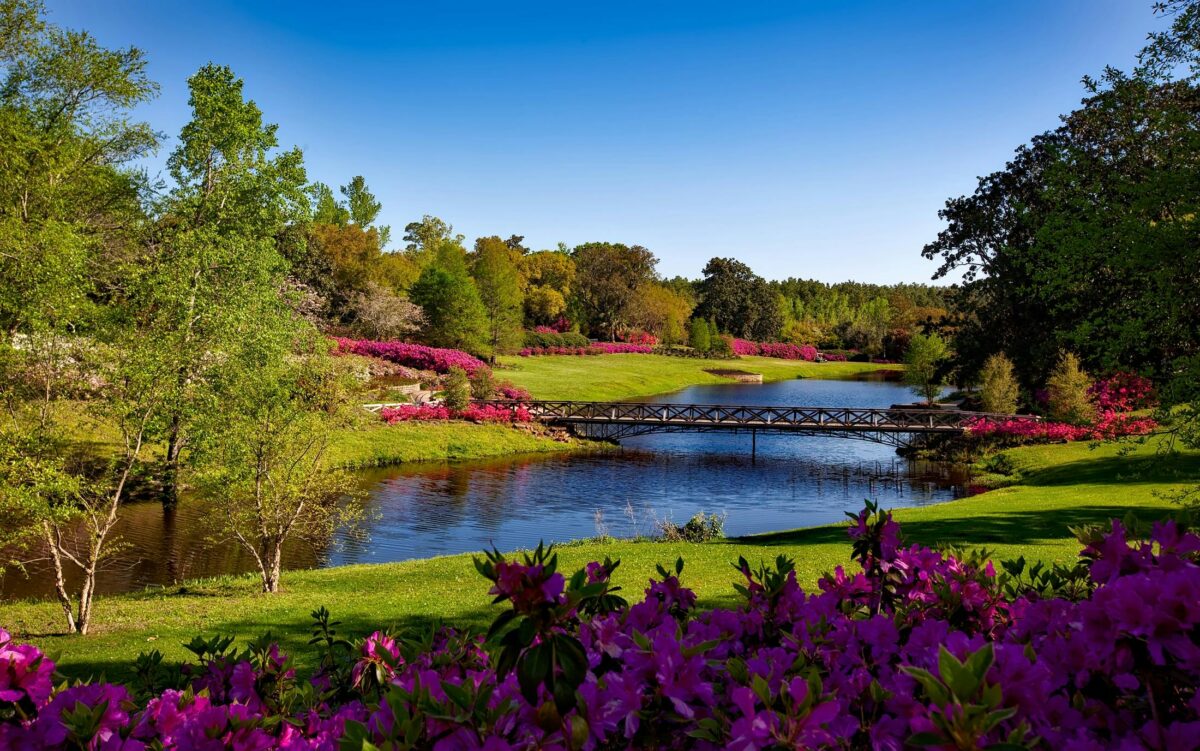Perennial flowers are a gardener’s best friend, offering vibrant colors and lush foliage year after year. These hardy plants not only enhance the beauty of gardens but also provide a reliable source of blooms through various seasons. This article will explore some of the best perennial flowers, grouped by themes such as color, bloom time, and growing conditions, allowing you to select the perfect plants for your garden.
Colorful Perennials for a Vibrant Garden
Reds and Pinks
- Daylily (Hemerocallis) – Known for its wide range of colors, including striking reds and pinks, daylilies are hardy and easy to grow. They bloom in early summer and thrive in full sun.
- Peony (Paeonia) – With large, fragrant blooms, peonies come in shades of pink, red, and white. These perennials prefer well-drained soil and full sun, making them perfect for garden borders.
Blues and Purples
- Salvia (Salvia spp.) – This perennial boasts stunning blue and purple spikes that attract pollinators. Salvia is drought-tolerant and thrives in sunny locations.
- Russian Sage (Perovskia atriplicifolia) – With its silvery foliage and lavender-blue flowers, Russian sage adds a soft touch to any garden. It is drought-resistant and prefers well-drained soil.
Yellows and Whites
- Black-eyed Susan (Rudbeckia hirta) – Featuring bright yellow petals and a dark center, this perennial blooms from summer to fall and thrives in a variety of soil types.
- Shasta Daisy (Leucanthemum × superbum) – The classic white daisy with a sunny yellow center, Shasta daisies are easy to grow and can tolerate poor soil conditions.
Perennials by Bloom Time
Early Bloomers
- Creeping Phlox (Phlox subulata) – This ground cover blooms early in spring with vibrant colors, making it a great choice for rock gardens and borders.
- Bleeding Heart (Dicentra spectabilis) – With its unique heart-shaped flowers, bleeding heart blooms in early spring and prefers partial shade and moist soil.
Mid-Season Blooms
- Coreopsis (Coreopsis spp.) – Known for its cheerful yellow flowers, coreopsis blooms from late spring to mid-summer and thrives in full sun.
- Astilbe (Astilbe spp.) – This perennial produces feathery plumes in shades of pink, red, and white during the summer months, thriving in shaded areas with moist soil.
Late Summer and Fall Flowers
- Aster (Aster spp.) – Asters bloom in late summer to fall, providing vibrant colors when many other flowers have faded. They are hardy and attract butterflies.
- Chrysanthemum (Chrysanthemum spp.) – Often associated with autumn, chrysanthemums come in various colors and bloom late in the season, adding warmth to fall gardens.
Perennials for Specific Growing Conditions
Shade-Loving Perennials
- Hosta (Hosta spp.) – Known for their lush foliage, hostas thrive in shady areas and come in various sizes and colors, providing texture to gardens.
- Ferns (Various species) – Many fern varieties prefer shade and moist conditions, adding a delicate, feathery appearance to garden landscapes.
Drought-Tolerant Perennials
- Lavender (Lavandula spp.) – This fragrant perennial thrives in dry conditions and full sun, making it a favorite for low-maintenance gardens.
- Sedum (Sedum spp.) – Known for its succulent leaves and star-shaped flowers, sedum is extremely drought-tolerant and adds interest to rock gardens.
Soil-Specific Perennials
- Calamintha (Calamintha nepeta) – Preferring well-drained soil, this perennial produces small white or lavender flowers and is highly attractive to pollinators.
- Bee Balm (Monarda spp.) – Thriving in moist, rich soil, bee balm attracts bees and butterflies, enhancing biodiversity in the garden.
Creating a Cohesive Garden Design
Layering Heights for Visual Interest
- Incorporate tall perennials such as Delphinium at the back of borders, providing a dramatic backdrop.
- Mid-height flowers like Daylilies can fill in the middle ground, offering a burst of color.
- Use low-growing varieties like Creeping Phlox at the front to create a visually appealing transition.
Combining Textures and Foliage
- Pair flowering perennials with ornamental grasses for movement and texture.
- Mix plants with different leaf shapes and colors, such as the broad leaves of Hostas alongside the fine foliage of Astilbe.
Maintenance Tips for Perennial Success
Watering and Fertilizing
- Most perennials benefit from regular watering, especially during dry spells. However, be cautious not to overwater.
- Applying a balanced fertilizer in early spring can promote healthy growth and vibrant blooms.
Pruning and Deadheading
- Regular deadheading encourages new blooms and prolongs the flowering season.
- Prune back perennials in late fall or early spring to maintain shape and remove any dead or damaged foliage.
Dividing Perennials
- Many perennials benefit from division every few years to prevent overcrowding and promote vigorous growth.
- Spring or fall is the best time to divide perennials, ensuring they have time to establish before extreme temperatures.
Choosing the right perennial flowers can transform your garden into a vibrant and inviting space. By understanding the various types available and their specific needs, you can create a stunning landscape that flourishes year after year. With proper care and thoughtful design, your perennial garden will be a source of beauty and joy for seasons to come.
